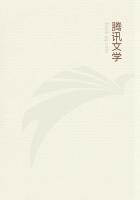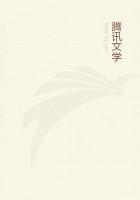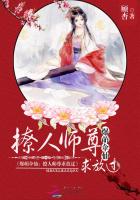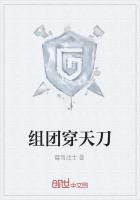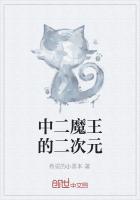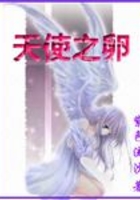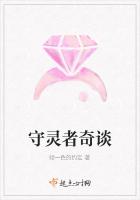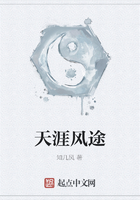"The same Manilius states also, that the revolution of the great year is completed with the life of this bird, and that then a new cycle comes round again with the same characteristics as the former one, in the seasons and the appearance of the stars. . . . This bird was brought to Rome in the censorship of the Emperor Claudius . . . and was exposed to public view.... This fact is attested by the public Annals, but there is no one that doubts that it was a fictitious phoenix only."[1]
[1] PLINY: _Natural History_, bk. x. chap. ii. (BOSTOCK and RILEY'Strans., vol. ii., 1855, PP. 479-481).
The description of the plumage, _etc_., of this bird applies fairly well, as CUVIER has pointed out,[2] to the golden pheasant, and a specimen of the latter may have been the "fictitious phoenix"referred to above. That this bird should have been credited with the extraordinary and wholly fabulous properties related by PLINY and others is not, however, easy to understand.
The phoenix was frequently used to illustrate the doctrine of the immortality of the soul (_e.g_. in CLEMENT'S _First Epistle to the Corinthians_), and it is not impossible that originally it was nothing more than a symbol of immortality which in time became to be believed in as a really existing bird.
The fact, however, that there was supposed to be only one phoenix, and also that the length of each of its lives coincided with what the ancients termed a "great year," may indicate that the phoenix was a symbol of cosmological periodicity. On the other hand, some ancient writers (e_.g_. TACITUS, A.D. 55-120) explicitly refer to the phoenix as a symbol of the sun, and in the minds of the ancients the sun was closely connected with the idea of immortality.
Certainly the accounts of the gorgeous colours of the plumage of the phoenix might well be descriptions of the rising sun.
It appears, moreover, that the Egyptian hieroglyphic _benu_, {glyph}, which is a figure of a heron or crane (and thus akin to the phoenix), was employed to designate the rising sun.
[2] See CUVIER'S _The Animal Kingdom_, GRIFFITH'S trans., vol. viii.
(1829), p. 23.
There are some curious Jewish legends to account for the supposed immortality of the phoenix. According to one, it was the sole animal that refused to eat of the forbidden tree when tempted by EVE. According to another, its immortality was conferred on it by NOAH because of its considerate behaviour in the Ark, the phoenix not clamouring for food like the other animals.[1]
[1] The existence of such fables as these shows how grossly the real meanings of the Sacred Writings have been misunderstood.
There is a celebrated bird in Chinese tradition, the _Fung Hwang_, which some sinologues identify with the phoenix of the West.[2] According to a commentator on the '_Rh Ya_, this "felicitous and perfect bird has a cock's head, a snake's neck, a swallow's beak, a tortoise's back, is of five different colours and more than six feet high."[2] Mr CHAS. GOULD, B.A., to whose book _Mythical Monsters_(1886) I am very largely indebted for my account of this bird, and from which I have culled extracts from the Chinese, is not of this opinion.
Certainly the fact that we read of Fung Hwangs in the plural, whilst tradition asserts that there is only one phoenix, seems to point to a difference in origin.
Another account (that in the _Lun Yu Tseh Shwai Shing_) tells us that "its head resembles heaven, its eye the sun, its back the moon, its wings the wind, its foot the ground, and its tail the woof."Furthermore, "its mouth contains commands, its heart is conformable to regulations, its ear is thoroughly acute in hearing, its tongue utters sincerity, its colour is luminous, its comb resembles uprightness, its spur is sharp and curved, its voice is sonorous, and its belly is the treasure of literature." Like the dragon, tortoise, and unicorn, it was considered to be a spiritual creature; but, unlike the Western phoenix, more than one Fung Hwang was, as I have pointed out, believed to exist.
The birds were not always to be seen, but, according to Chinese records, they made their appearance during the reigns of certain sovereigns.

